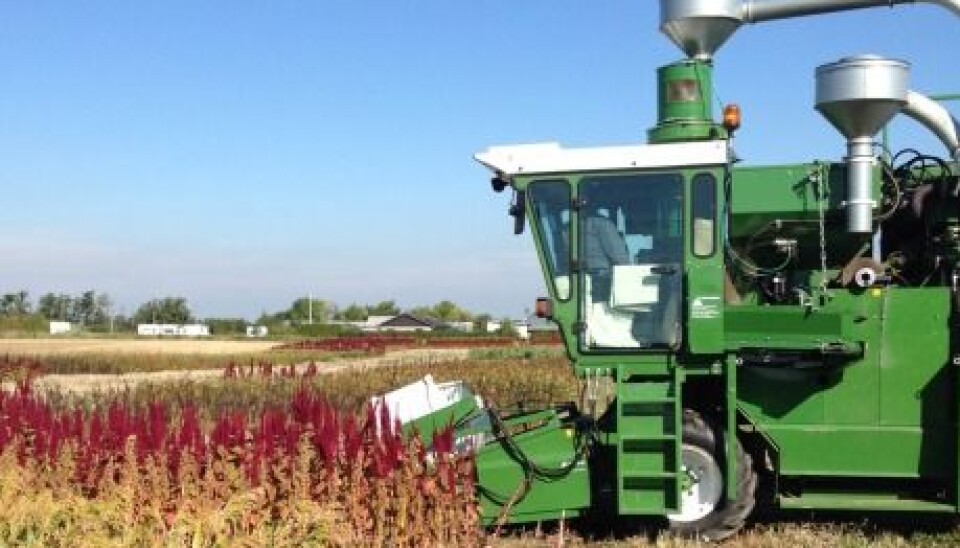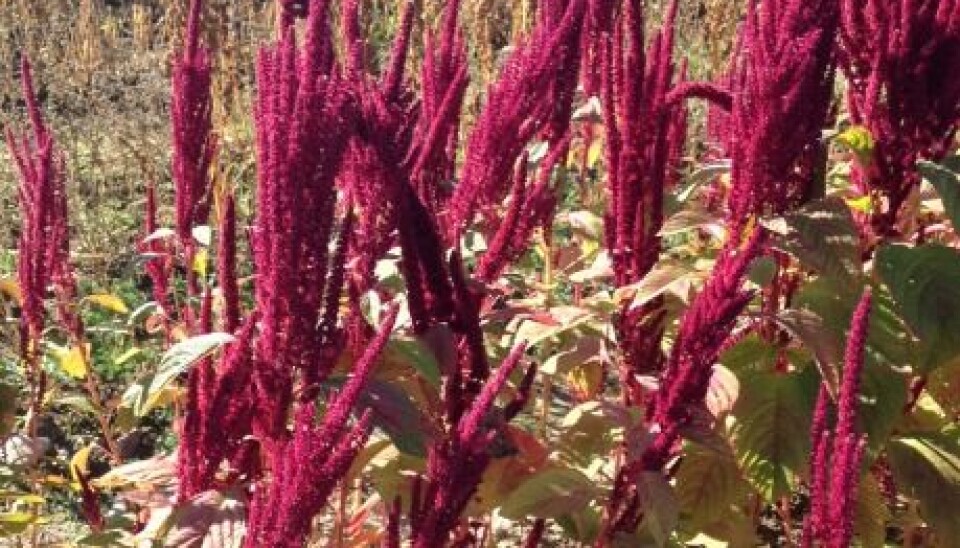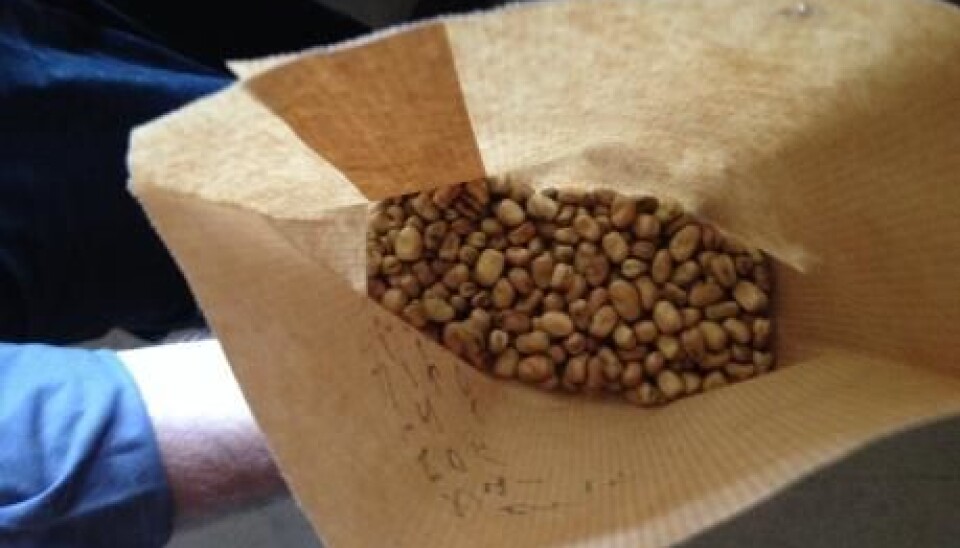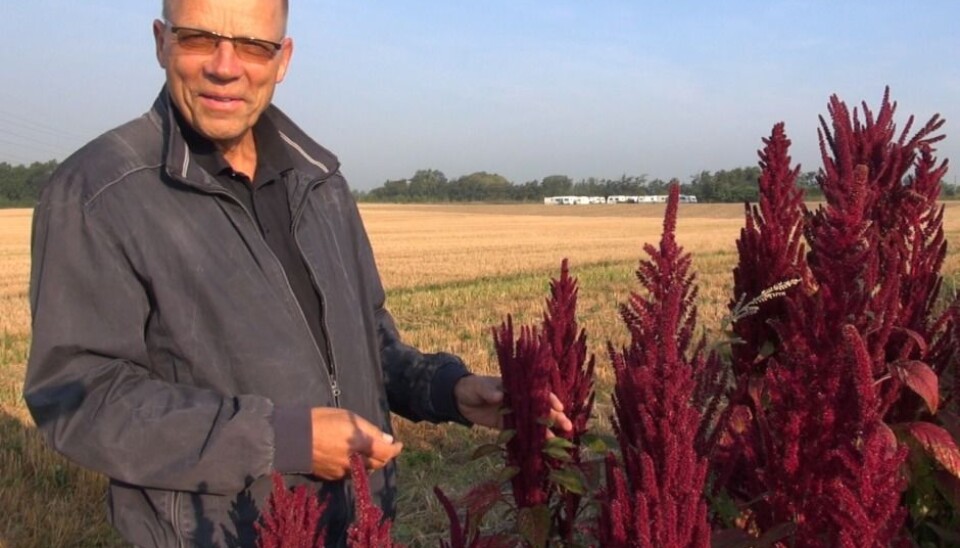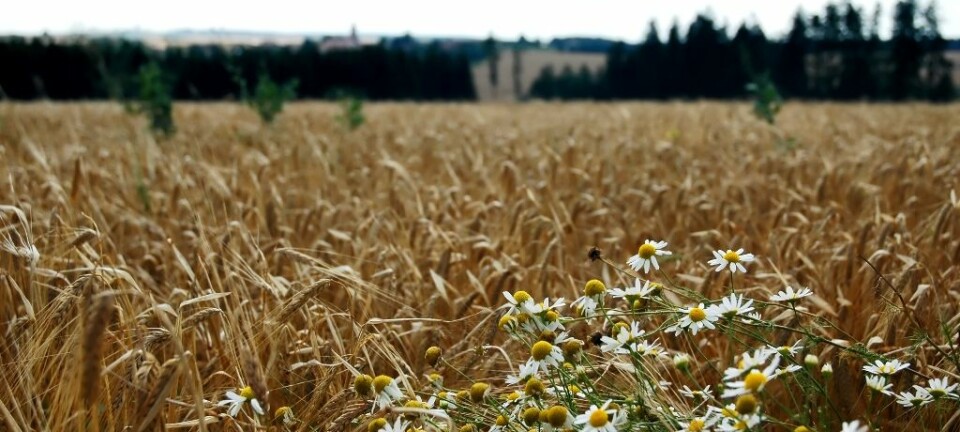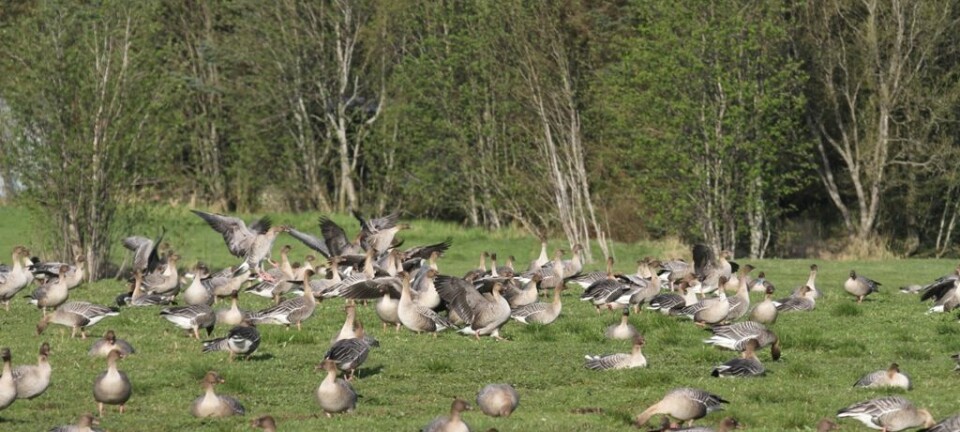Ancient crops are the future for our dinner plate
VIDEO: New research project aims to revolutionise the way we eat.
A new research project called Protein2Food is enlisting ancient varieties of plants in a bid to overhaul the food we eat.
These crops could offer solutions to the problems posed by climate change and future food security, says one of scientists behind the project, Sven-Erik Jacobsen from the Department of Plant and Environmental Sciences at the University of Copenhagen, Denmark.
ScienceNordic headed into the field to meet Jacobsen and hear more about what these old crop varieties have to offer.
See what scientists are up to in an experimental field in Taastrup, Denmark. Are these the mass-produced crops of the future? (Video: Kristian H. Nielsen / ScienceNordic)
Where will our protein come from?
In the future we will have to reduce the amount of meat we consume, says Jacobsen.
“Meat production in the world right now is unsustainable because the process produces too much methane and CO2, yields too little in relation to the amount of energy it takes to produce one kilogram of meat, and large areas of cultivation are used to produce animal feed instead of producing food for us,” says Jacobsen.
These problems are only going to be exacerbated as the global population continues to increase.
This is why Jacobsen and his colleagues from numerous collaborating institutions from around the world think that now is the time to transition a large part of European farming to alternative sources of protein--in particular proteins from plants.
But before this can become a reality, they first need to investigate the plants’ properties.
A red sea of crops
At a test site outside Taastrup, Denmark, Jacobsen and colleagues are growing varieties of crops such as amaranth, which was once the crop of choice of the Mayans. Next to this is the weed-like quinoa that the Incas and their descendants have been cultivating for 7,000 years.
“This year has been a good year,” says Jacobsen, as he points to the white flowers sprouting out along rows and rows of buckwheat.
It is the second year of a three year-long field experiment where Jacobsen and his research team are studying how the different crops grow in northern European conditions.
“There are two general focus areas in the experiment,” says Jacobsen. “To find crops with a high protein content in their seeds and also a high quality of protein.”
In the protein content group, scientists are experimenting with legumes such as broad beans, chickpeas, and lentils. In the protein quality group they are studying quinoa, amaranth, and buckwheat.
A bad adaptor to climate change
Some crops can cope significantly better in Denmark than others, says Jacobsen while he strolls along the rows of crimson amaranth plants.
“Amaranth grows well, but their seeds are mature while the plant is still green," he says, shaking one of the flower heads to release a little cloud of pink and black seeds. He points to the seeds and explains that they are mature now, but the plants are still green and red, and are therefore probably unsuitable to grow in northwest Europe.
“But it is probably suitable for southern Europe,” he says.
A good adaptor to climate change
Quinoa, on the other hand, has been a success. It can cope in almost all conditions, and according to Jacobsen, it tastes good too.
“I eat a lot of quinoa for breakfast with the team,” he says. The researchers are also baking their own bread with quinoa. “It’s a big hit,” says Jacobsen.
Quinoa grows to a height of about 40 centimetres and gets a withered appearance when mature. Almost all the quinoa grown in Denmark in 2016 have developed well and hold promise for large-scale cultivation in this part of Europe, says Jacobsen.
“There are already several fields around Denmark, but it will definitely expand further,” he says.
“We should eat as we once did”
The Protein2Food project is part of a larger movement to bring us back to the way we used to eat, says Jacobsen.
He reiterates that this is absolutely necessary and not just for nostalgia.
“Once, buckwheat was an important crop for the poor soils of Denmark, but then the potato came and overtook the fields and our dinner plates. Potato is a valuable crop, but it's a pity that we've forgotten buckwheat. Therefore, in general we need to change our eating habits and include much more crops, both protein rich crops and other valuable crops, if we're to have enough food in the future,” he says.
Greenhouse tests of quinoa for large-scale agriculture
Inside the irrigated and climate-controlled greenhouses next door to the experimental field, postdoc Gabriela Robles from the Department of Plant and Environmental Sciences, University of Copenhagen, is working to optimise the crops for growing in different climates.
Above the noise of generators and air conditioners, she explains how she is testing plants under controlled conditions.
“In these metal chambers we can control everything. Temperature, humidity, light, water and more. It’s smart when we want to find out something specific about a plant without the interference from weather or pests that happens in the field,” says Robles.
In one section of the greenhouse, a team of students have just planted the common plant disease mildew to see how it affects quinoa. This is one of the problems that have to be solved before quinoa can be grown on a large-scale in northern Europe, says Robles.
Elsewhere, Robles and colleagues are studying the chemistry of quinoa leaves by exposing them to different types of light and measuring the type of light that is reflected.
Robles hopes that these experiments will help them to understand how quinoa copes under different conditions in order to increase crop yields.
-------------
Read the Danish version of this article on Videnskab.dk
Translated by: Catherine Jex
